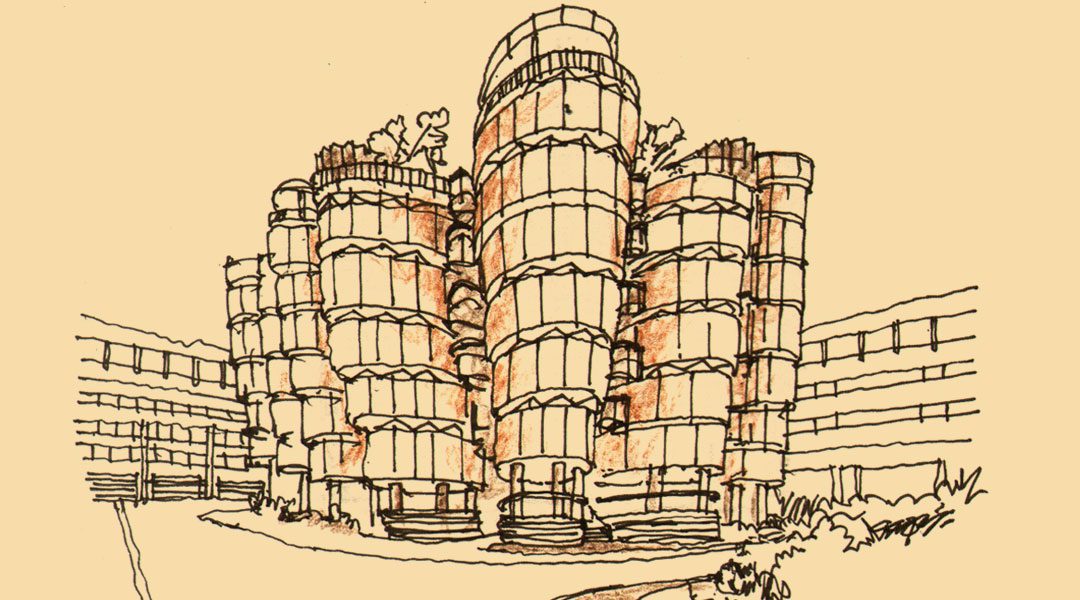
Artist’s Space: Architecture by non-architects
Space is a subject matter frequently highlighted and questioned in the widest areas of knowledge. To carve a description for it and to attempt to encapsulate its meaning in a one-liner or two is fatuous, moreover, impossible. It evokes images of the unoccupied, the straightforward emptiness found in people, places, and things, all the while underscoring the difficulty to explain what it really is, since it is commonly regarded as the intangible. However, in architecture, space is easily entered, perceived, felt, and understood. It is, simply, what is created. Below are seven structures that were designed and constructed by non-architects to be embraced as an individual or collective space.

1. NTU Learning Hub
The Learning Hub was designed to challenge the norms of university by doing away with endless corridors of boxy lecture rooms. Said to resemble a clay pot (or dimsum basket for the imaginative viewer), the facility merges 12 concrete towers into a single facility of 56 flexible learning spaces, with an open-air central atrium at its heart, perfect for Singapore’s sweltering heat. Thomas Heatherwick, who heads an interdisciplinary design studio he established in 1994, was responsible for the award-winning UK National Pavilion in Expo 2016 Milan, as well as London’s Routemaster bus and the Olympic cauldron design for the 2012 London Olympiad.
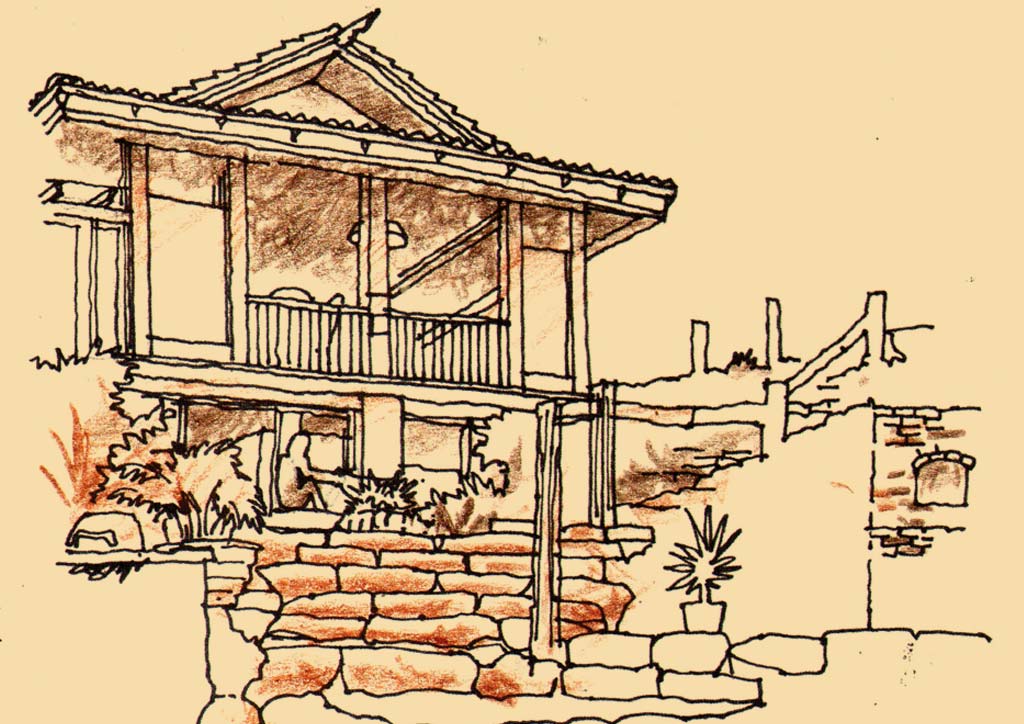
2. Tahanan Bistro
Situated on an elevated hill in Antipolo, Benji Reyes‘ house-turned-bistro is an architectural marvel in wood. Renowned for his ergonomic wooden chairs and furniture pieces, he decided to construct his house of the same medium, using reclaimed wood he so loves. Beams, railings, stair risers—no detail was spared the virtuosity and craftsmanship of this award-winning furniture designer. An interesting fact about the house is that it is held together by joineries, not nails, and the only part of the house to use nails is the roof. He recently turned a portion of his house into a fine dining restaurant.

3. ArcelorMittal Orbit
The ArcelorMittal Orbit has always had an uneasy relationship with Londoners, who up to now, still find it hard to love the 114.5m-tall twisted metal viewing tower. It is Britain’s largest piece of public art, built back in 2012 as a permanent legacy of the London Olympics Park. Anish Kapoor collaborated with British engineer Cecil Balmond to bring this structure to life, the majority of the costs shouldered by steel magnate Lahksmi Mittal. Designed to evoke a sculpture that is both structured and chaotic, stable and unstable, it garnered mixed reviews when it opened with most people dismissing it as a white elephant. To attract more visitors, the tower was fitted with the world’s tallest and longest slide at 178m long.
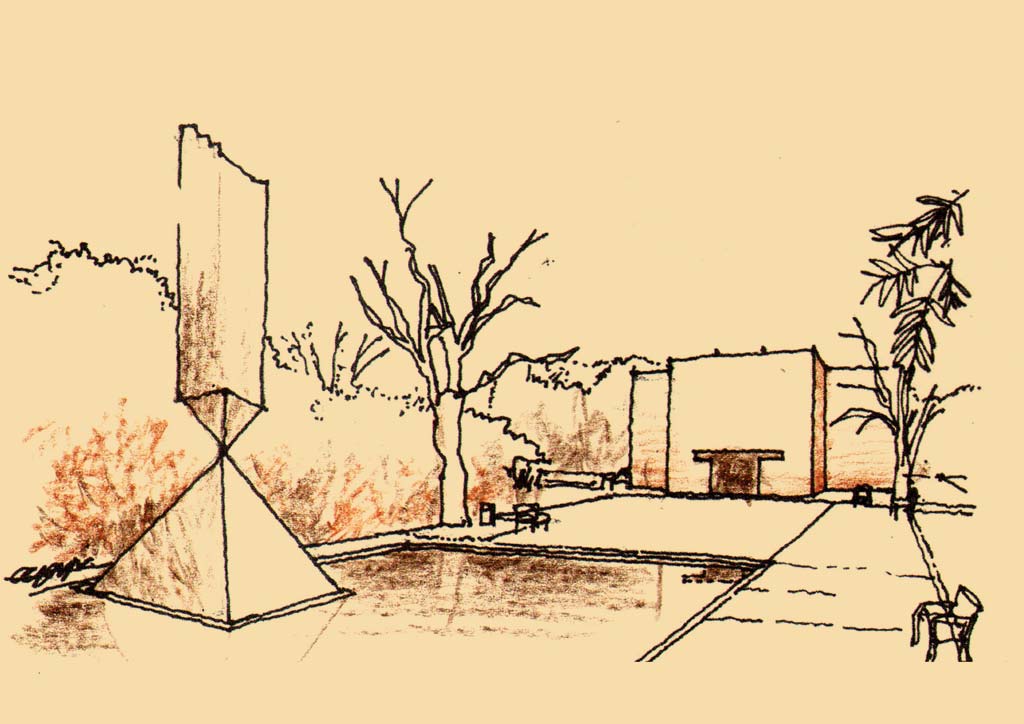
4. The Chapel
The Chapel is a squat, somber-looking modernist structure designed to be a meditational space housing the site-specific paintings of Mark Rothko. While small, Rothko had grand visions for the project, funded by art patrons John and Dominique Menil. He intended for the space to be a grand artistic statement, creating a collection of 14 dark hued paintings for the octagonal space, whose murky surfaces were lit by a sunlit cupola. The artist was extremely specific and exacting as to the design and quality of the light required in his project that architect and collaborator Philip Johnson resigned from the commission in exasperation. The structure was eventually completed in 1971, becoming the world’s first nondenominational center, open to people of all beliefs. Rothko sadly did not live to see his opus complete as he committed suicide in 1970 after a long battles with depression and poor health.
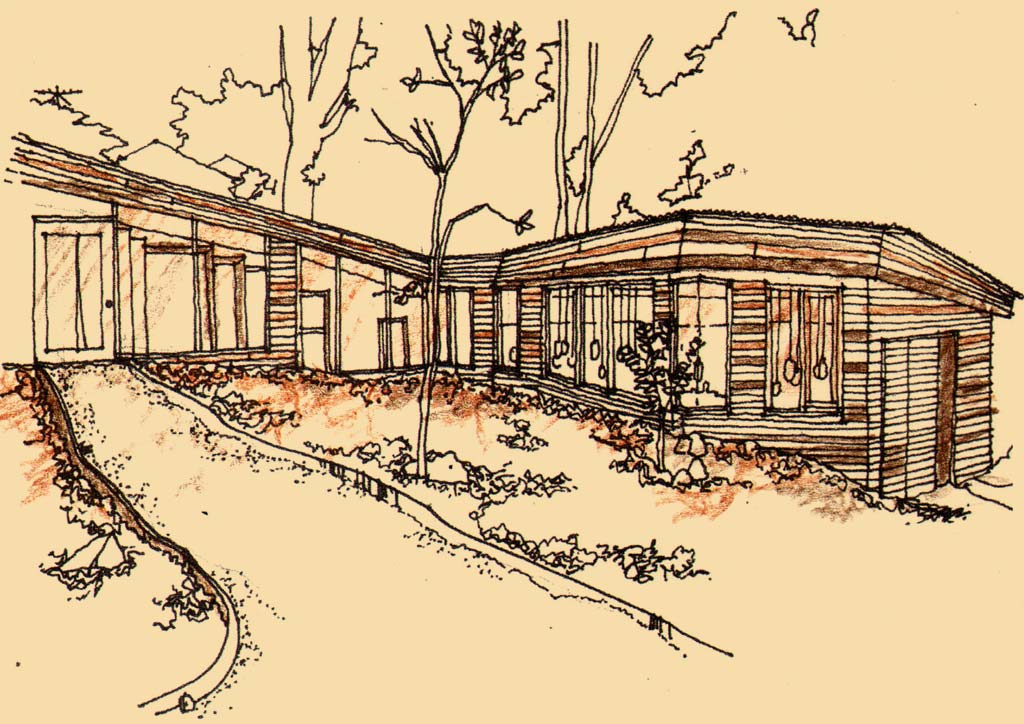
5. 4166 Sea View Lane
Jorge Pardo designed 4166 Sea View Lane as an exhibit for MOCA LA in 1998, an interactive museum that was available for viewing for five weeks. The house is noted for its warm redwood cladding, which masks its presence in nature, with an angular façade that hugs the hill it is built on. In his desire to explore how such an artwork would fare when actually used, Pardo eventually decided to try living in the ‘museum’ for more than a decade with his family. Known for artworks that blur boundaries between disciplines, he says this feeds his desire to explore the concept of ambiguity, and had used his experience living in his artwork as the subject of a mid-career retrospective.
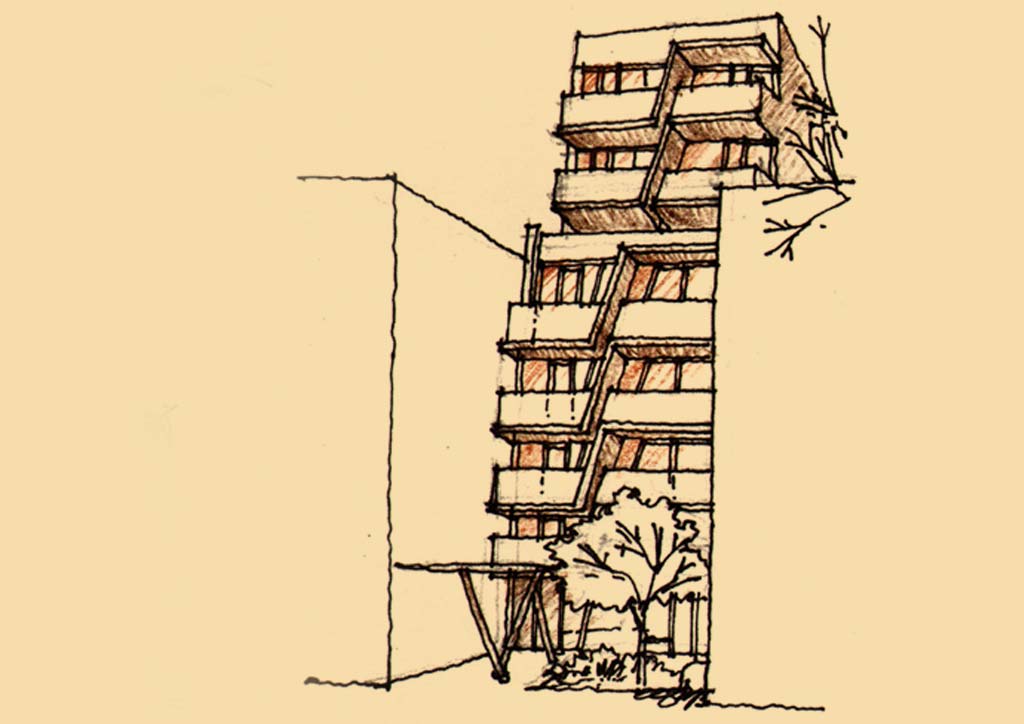
6. HAP 5 Apartments
Karim Rashid is known for his outlandish and flamboyantly colored body of work, which includes product, furniture and interior design. A self-described ‘pluralist,’ he finally dipped his toes into architecture and collaborated with New York City real estate developer HAP for a line of apartments. His work on HAP Five on East Harlem is notable for the flak and public outcry its magenta and turquoise tinted balconies received, as residents found it at odds with the century-old townhouses in the vicinity. Rashid was forced to tone down his color scheme considerably, and this harrowing experience perhaps inspired his decision to ask the public to choose among four design schemes he created for another apartment project on his Facebook page.
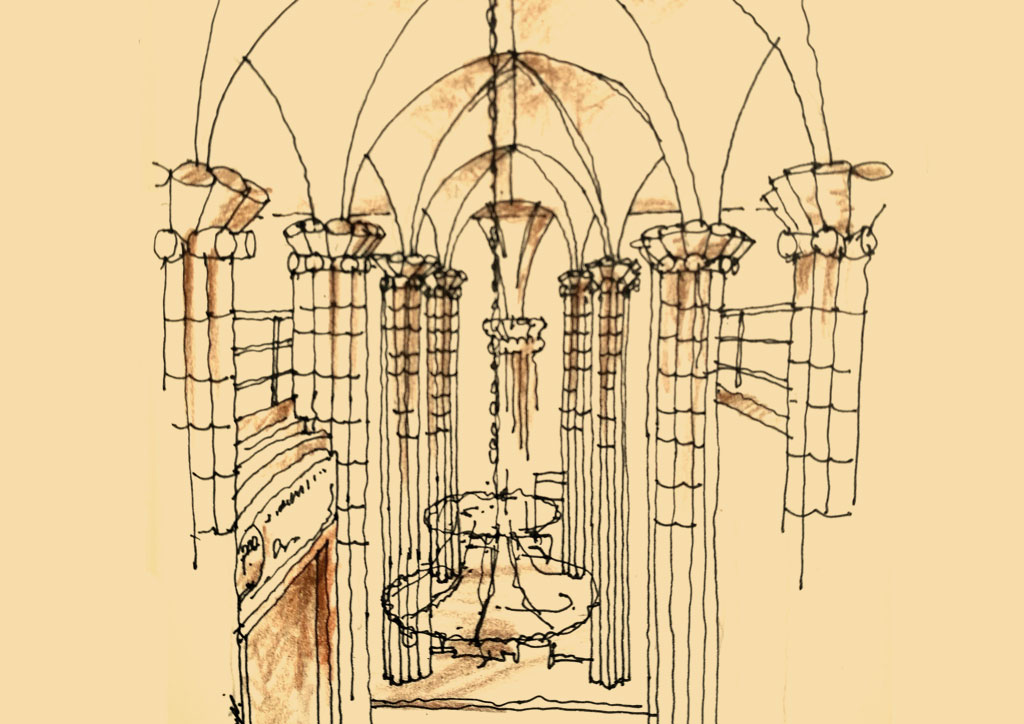
7. House Chapel
Napoleon Abueva is a National Artist for Sculpture, whose many works can be found in his alma mater, University of the Philippines, Diliman, where he taught before suffering a stroke. While majority of his works are figurative sculptures, he also created architectural structures like the geometric waiting sheds around campus that resemble paper planes. What many people do not know, however, is he was also hard at work transforming his home into a pseudo-architecture-sculpture hybrid, even working on a grand house chapel in the mid-90s, complete with Gothic-style arches supported by segmented column that recall bamboo stems. He also famously built a “swing house,” which is literally a small house suspended like a swing from two tall concrete pylons, which made the rounds in local television. ![]()
This article first appeared in BluPrint Vol 2 2017. Edits were made for BluPrint online.
READ MORE: Here are the new phases and faces of 8 structures


